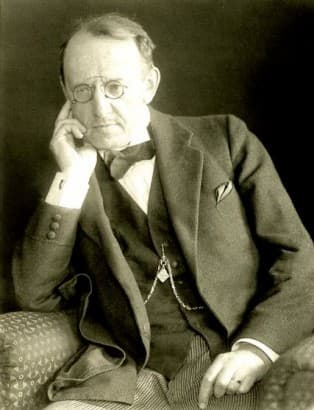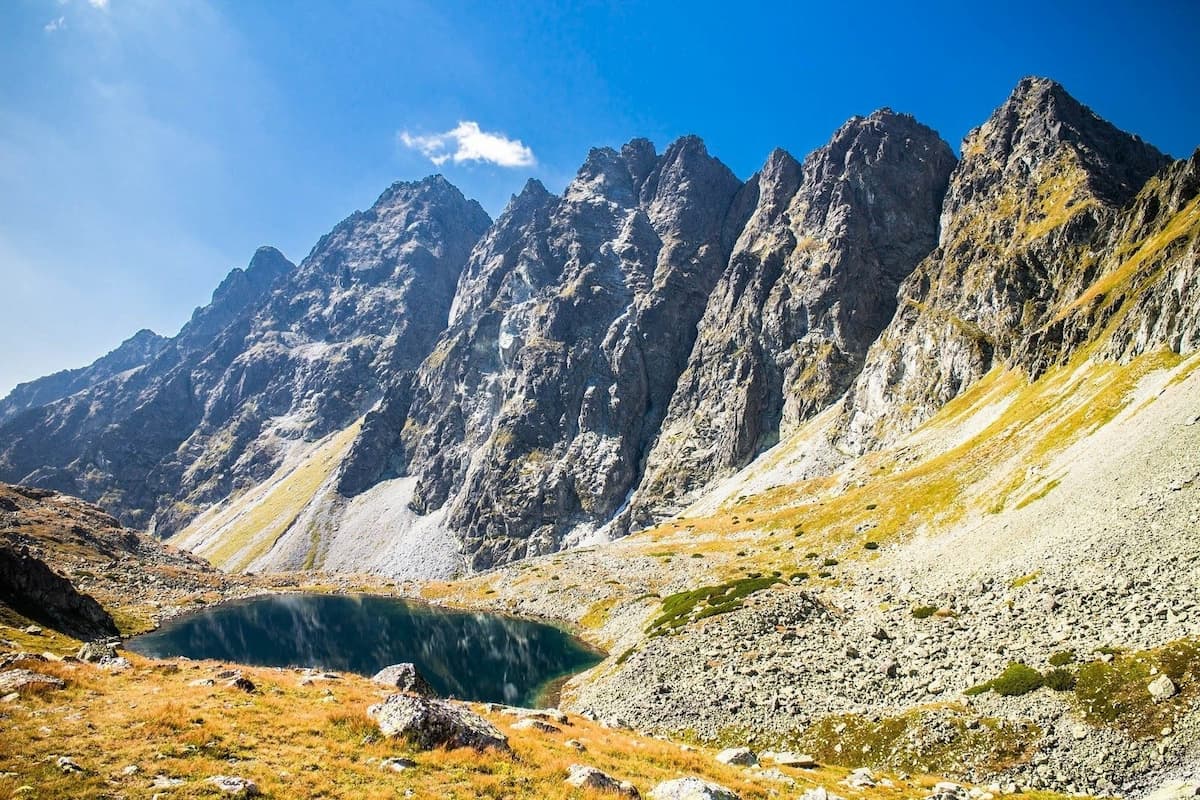Czech composer Vítězslav Novák (1870–1949) initially studied law at Prague University before taking up music as a student of Antonín Dvořák (1841–1904) at the Prague Conservatory. His early interest was folk songs, particularly from the Slovak and Moravian areas, and this became influential in his music. Novák was born Viktor Novák but, as with many of his generation, in his late teens, as he attended University, he changed his proper name to one that was more in line with his Czech identity: Vítězslav.

Vítězslav Novák
Dvořák’s three-year departure to the US to head the American Conservatory led Novák to a new teacher, the ultra-conservative Karel Stecker (1861–1918), who kept in a traditional style. Upon graduation in 1900, however, Novák started looking at the modernists for inspiration. Starting in 1890, he had set aside the prevalent Wagner/Brahms aesthetics of Prague and started looking at folk music (although current musical thought in Prague found this culturally backward), and musical impressionism, developing his own version. Finally, with the arrival of Richard Strauss’ Salome in 1906, he became a fervent follower of Strauss.
His 1903–1905 composition, V Tatrach (In the Tatras), Op. 26, was his first major work and brings out the folk songs of the Slovakian countryside. Despite being written in the early 20th century, it’s pure 19th-century program music. At the same time, it’s a purely nationalistic piece, written when this whole area was part of the vast Austro-Hungarian Empire. Novák took the basic structure of the folk songs, their intervallic and rhythmic characteristics, and made them part of his own style.
In V Tatrach, Novák puts us into the Tatra Mountains, a part of the western Carpathians that forms a border between Slovakia and Poland.

Slovakia’s Tatra Mountains
In his programme, Novák gives us this description:
A gloomy atmosphere before a threatening storm. Greyish white mist clings to the ominous, precipitate mountain peaks. The still just succeeds in penetrating the clouds and illuminating for a moment this majestically sorrowful stony landscape. But the clouds are gathering, getting thicker and more threatening, and jagged by blinding lightning. The storm bursts. Its anger shatters against the unyielding granite walls of the Tatras…. After the bitter struggle, peace reigns again. The setting sun gilds the peaks of the mountain giants, and from afar, the evening bells are to be heard. Night with its pearl-studded veil falls on the Tatras.
Clouds, lightning, thunder, hard rock, a storm, a setting sun, evening bells – it’s not an uncommon program but Novák’s work puts all of this across beautifully.
Vítězslav Novák: V Tatrach (In the Tatras), Op. 26 (Carlsbad Symphony Orchestra; Douglas Bostock, cond.)
Novák wanted to show what he called the ‘exalted beauty’ of the Tatras in this work. He uses the contrasting keys of G minor and E major to show the violence and tranquillity of the mountain, and, by the end is almost suggesting a spiritual journey in the mountains.
The work was completed in 1905, but in 1907, after, as one writer puts it, ‘further musical and mountain-climbing experiences’, he re-wrote the score, extending it both in tonal colour and structure. The revised score was given its premiere in Brno on 7 December 1907.
For more of the best in classical music, sign up for our E-Newsletter


